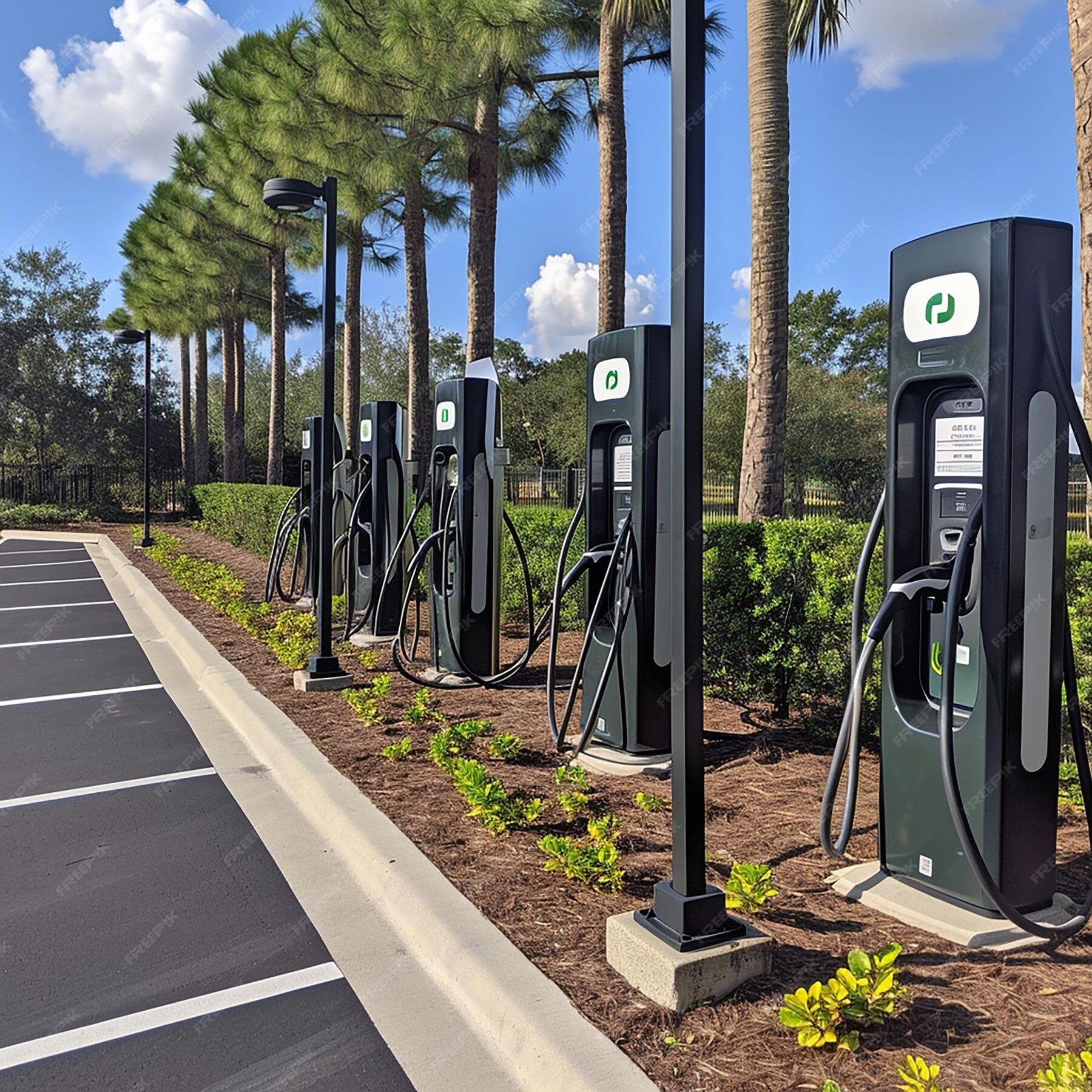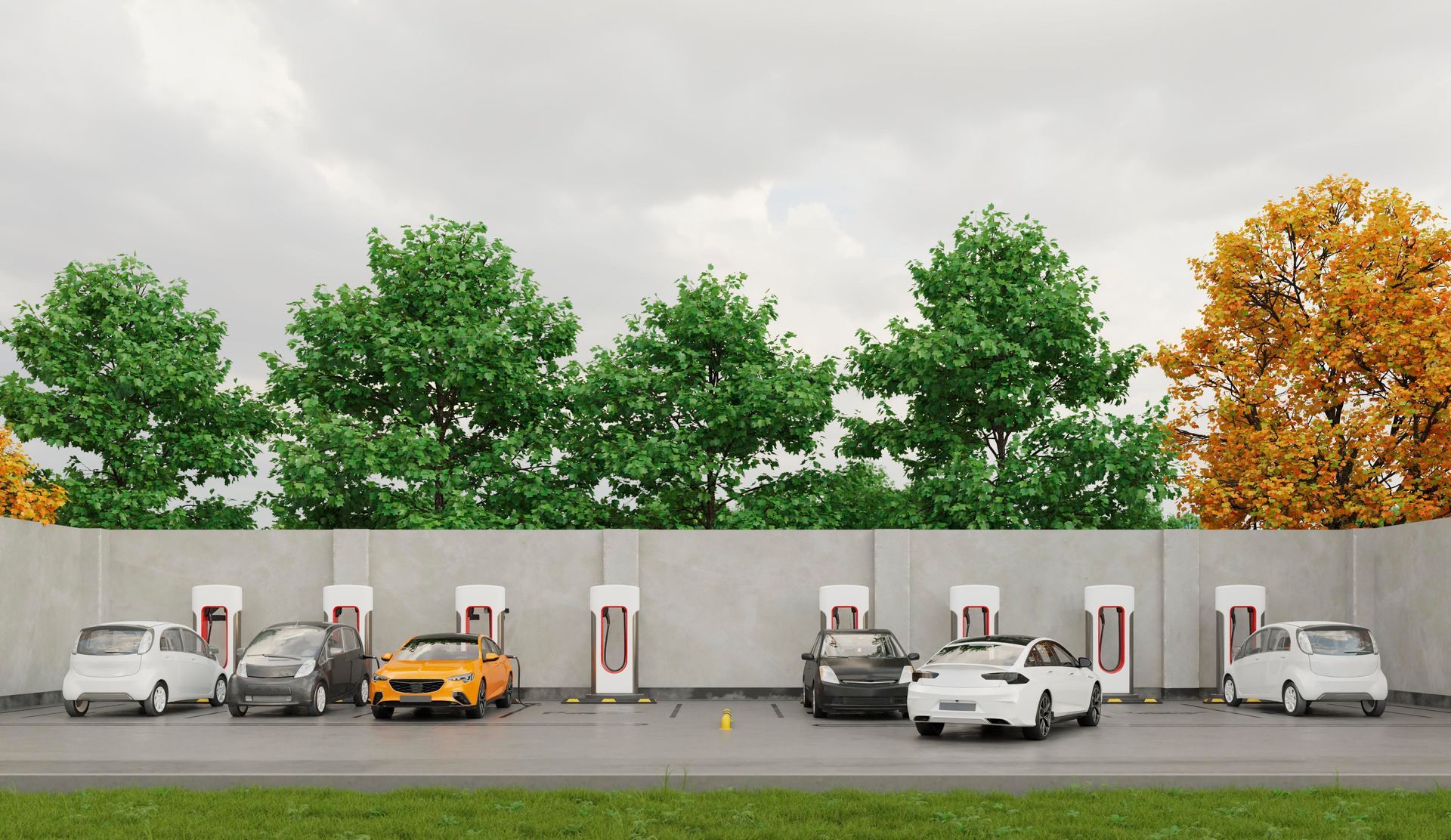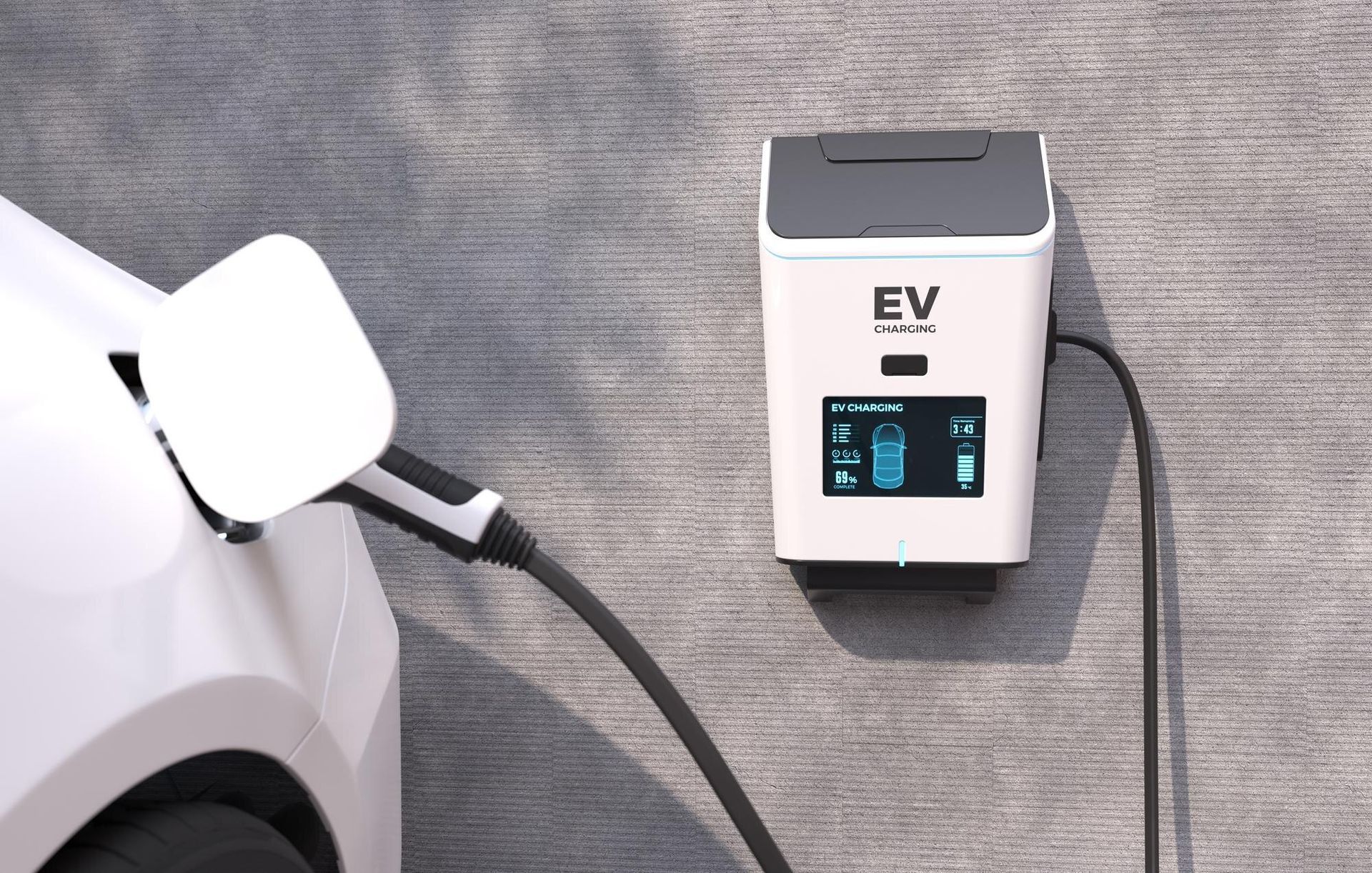The Role of EVs in Reducing Global Greenhouse Gas Emissions
Driving Towards a Greener Future: How EVs Are Revolutionizing Transportation and Cutting Global Emissions

Driving Change: How Electric Vehicles are Leading the Charge in Reducing GHG Emissions
Electric vehicles (EVs) are revolutionizing the transportation sector by significantly reducing global greenhouse gas (GHG) emissions and championing sustainable transportation. As the world grapples with climate change, the drive towards zero tailpipe emissions becomes increasingly critical. EVs are not just about cleaner air; they are a gateway to a future powered by renewable energy, offering numerous electric vehicle benefits that improve air quality and public health. Whether you're an entrepreneur looking to tap into the booming EV market or a policymaker advocating for EV adoption, the path forward is clear and electrifying. Join the movement and embrace the power of electric vehicles to create a cleaner, healthier environment for future generations.
The Impact of Electric Vehicles:
Understanding Transportation's Carbon Footprint
Globally, the transportation sector accounts for roughly 15% of total greenhouse gas (GHG) emissions. Road transport, which includes cars, trucks, and buses, is the primary contributor. This sector heavily relies on gasoline and diesel fuels, which release carbon dioxide (CO2) and other pollutants when burned. These emissions contribute significantly to global warming and deteriorate air quality. Transitioning to electric vehicles (EVs) presents a vital opportunity to reduce the carbon footprint of transportation. EVs produce zero tailpipe emissions, directly cutting down on local air pollution. While the environmental benefits of EVs are clear, the extent of their impact depends on the electricity sources used for charging. In areas with a renewable energy-powered grid, EVs can significantly reduce lifecycle emissions compared to internal combustion engine vehicles. This transition to cleaner energy sources for EVs is crucial for achieving sustainable transportation and meaningful GHG emissions reduction.
How EVs Reduce GHG Emissions
Electric vehicles (EVs) play a crucial role in reducing GHG emissions by eliminating direct emissions from vehicle operations and utilizing cleaner energy sources as grids transition to renewables. First, EVs have zero tailpipe emissions. Unlike traditional vehicles, they do not emit carbon dioxide (CO2) or other pollutants during operation, significantly improving air quality in urban areas. This reduction in local air pollution benefits public health, decreasing respiratory illnesses associated with smog and poor air quality. Second, the environmental impact of EVs is closely linked to how their electricity is generated. As electricity grids worldwide shift towards renewable energy sources such as wind and solar, the carbon footprint of EVs decreases even further. By 2040, renewables are expected to supply the majority of global electricity, enhancing the role of EVs in sustainable transportation. This dual strategy of zero emissions and cleaner energy makes EVs a powerful tool in combating climate change.
Driving Towards a Sustainable Future
Renewable Energy and EV Adoption
The synergy between renewable energy and electric vehicle (EV) adoption is pivotal for sustainable transportation and meaningful GHG emissions reduction. As countries increase their renewable energy capacity, EVs become more environmentally friendly. Charging EVs with electricity from wind, solar, or hydropower drastically reduces their overall carbon footprint compared to using fossil fuel-based electricity. This shift supports global efforts to combat climate change, making EVs a core component of sustainable transportation strategies. Moreover, governments and industries are investing in infrastructure to support this transition. Expanding charging networks powered by renewables accelerates EV adoption by addressing range anxiety and accessibility issues. Policies incentivizing the use of clean energy for EV charging further bolster this movement. By 2040, with renewables expected to dominate electricity generation, EVs will be an even more effective solution for reducing transportation emissions. This alignment of renewable energy and EV adoption paves the way for a cleaner, greener future.
The Role of Policy and Infrastructure
For electric vehicles (EVs) to reach their full potential in reducing GHG emissions, robust policy support and infrastructure development are essential. Governments play a critical role by implementing policies that encourage EV adoption. These include tax incentives, rebates, and subsidies that make EVs more affordable and appealing to consumers. Strong policies, like those in Norway, have proven effective in boosting EV sales, showcasing the impact of governmental support. Simultaneously, building comprehensive charging infrastructure is vital. Expanding charging networks reduces range anxiety, a common barrier to EV adoption. Public and private investments in charging stations, especially those powered by renewable energy, are crucial for seamless EV integration. Infrastructure development should also focus on smart grid technologies, ensuring efficient energy distribution and management. By aligning policy frameworks with infrastructure advancements, countries can accelerate the transition to sustainable transportation, significantly contributing to global climate change mitigation efforts.
Overcoming Challenges in EV Manufacturing:
Addressing the Carbon Footprint of Production
Electric vehicles (EVs) offer substantial environmental benefits, but their production, particularly of lithium-ion batteries, presents challenges. Manufacturing an EV typically generates more emissions than a conventional internal combustion engine vehicle. However, this initial carbon debt is counterbalanced by the reduced emissions during the EV's operational life. To further mitigate the environmental impact, manufacturers are focusing on several key strategies. Advances in battery technology aim to reduce reliance on resource-intensive materials, while recycling initiatives seek to recover valuable components, decreasing the need for new raw materials. Additionally, integrating renewable energy into production processes can significantly lower the carbon footprint associated with manufacturing. Companies are also exploring novel materials that are more sustainable and less energy-intensive to produce. By addressing these production challenges, the EV industry can enhance its role in sustainable transportation, ensuring that the benefits of EV adoption extend throughout the vehicle's lifecycle, from production to end-of-life.
Innovations in Battery Technology
Innovations in battery technology are pivotal in overcoming challenges associated with electric vehicle (EV) manufacturing. These advancements focus on enhancing energy density, reducing costs, and improving sustainability. One significant development is the transition to solid-state batteries, which promise higher energy storage capacity and faster charging times compared to traditional lithium-ion batteries. This technology not only extends the range of EVs but also enhances safety by reducing the risk of overheating. Additionally, researchers are exploring alternative materials like silicon and graphene, which offer potential for more efficient and sustainable batteries. Efforts in recycling and repurposing old batteries are also crucial, aiming to recover valuable materials and minimize waste. These innovations are critical for reducing the carbon footprint of battery production and making EVs more accessible. As battery technology continues to evolve, it will play a key role in accelerating the adoption of EVs, supporting the global shift towards sustainable transportation.
Find out more below:
https://www.voltsmonster.com/










